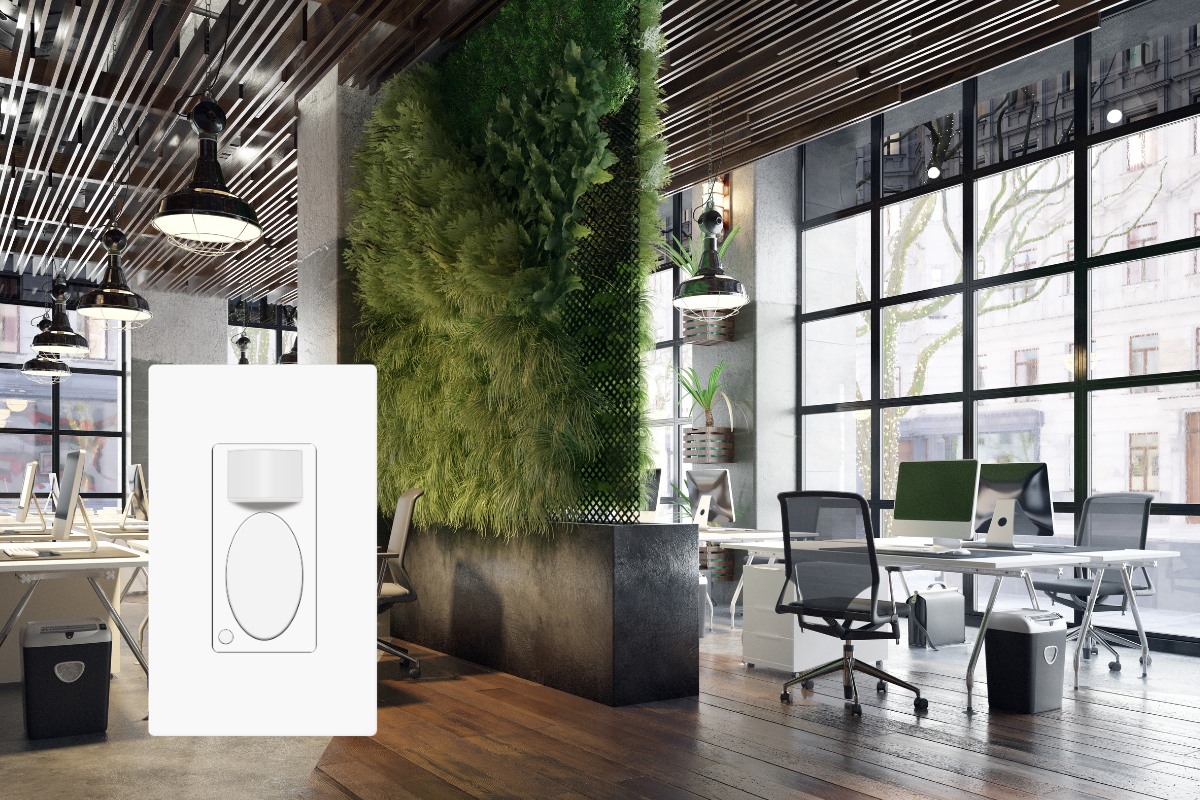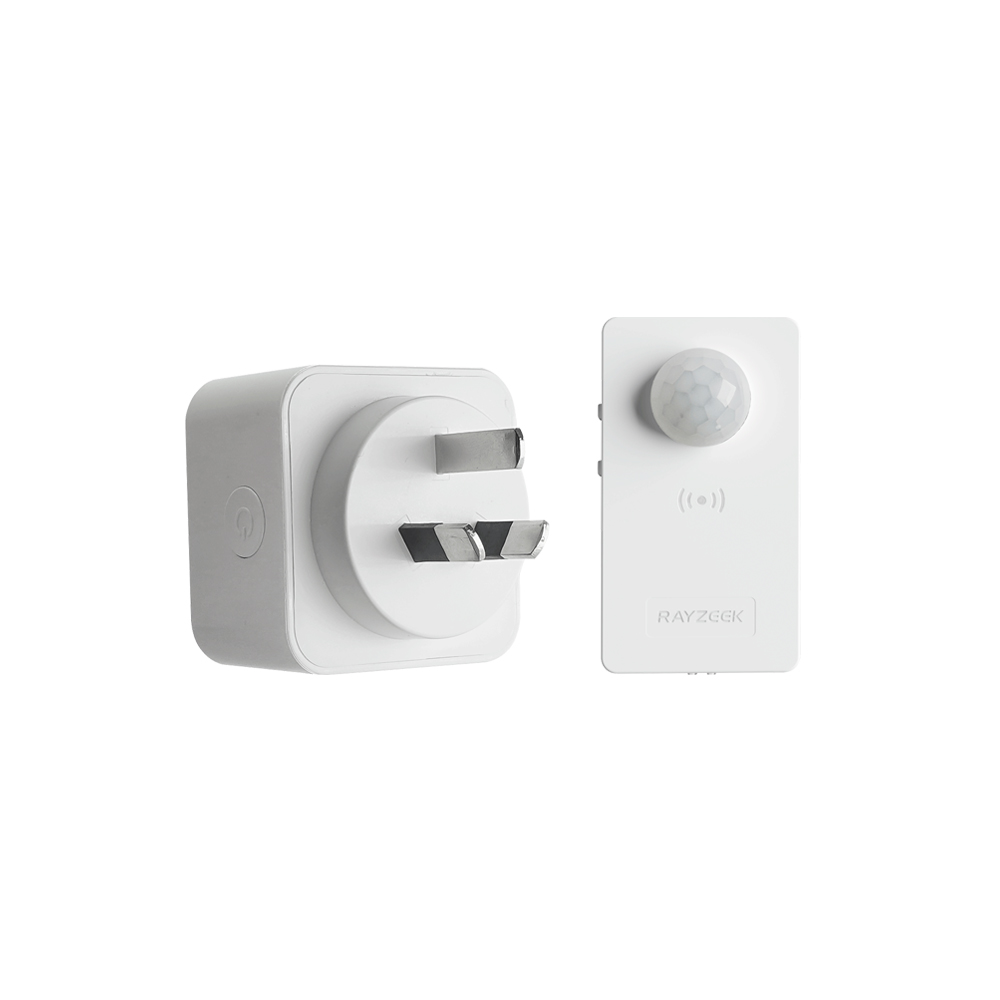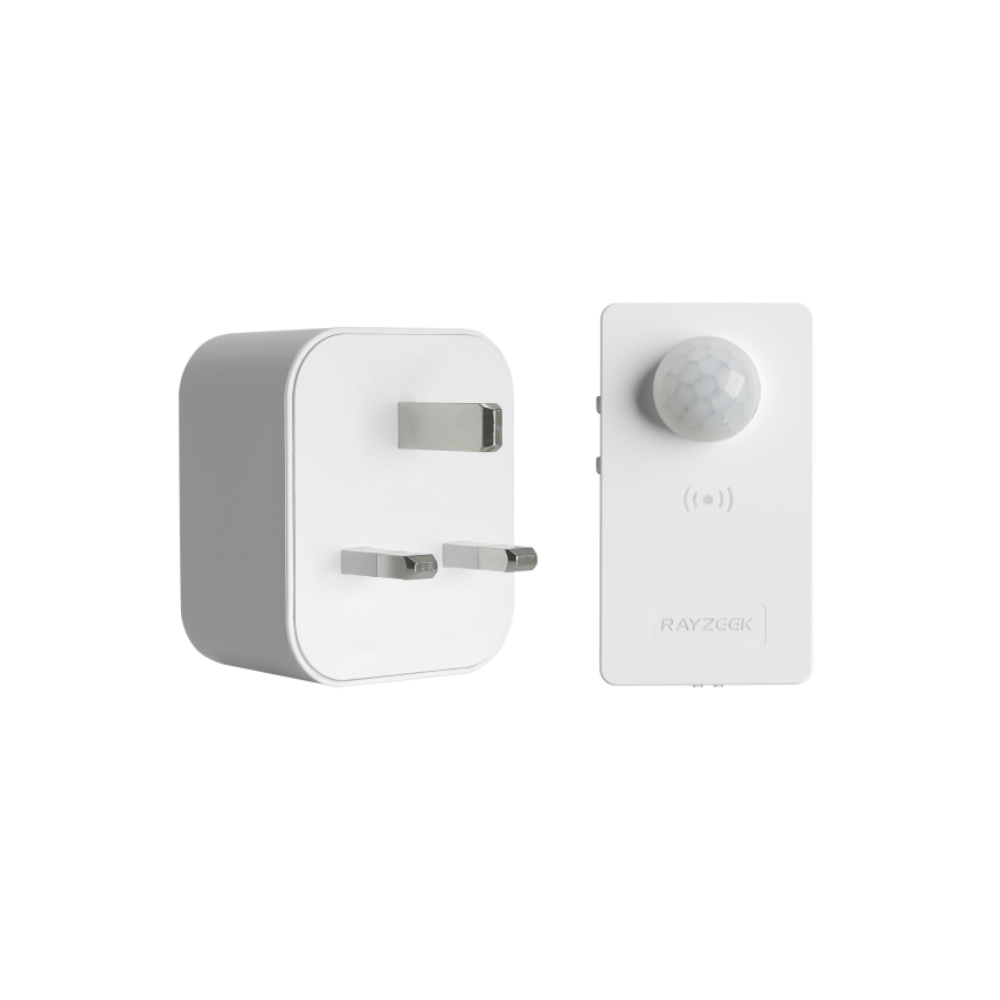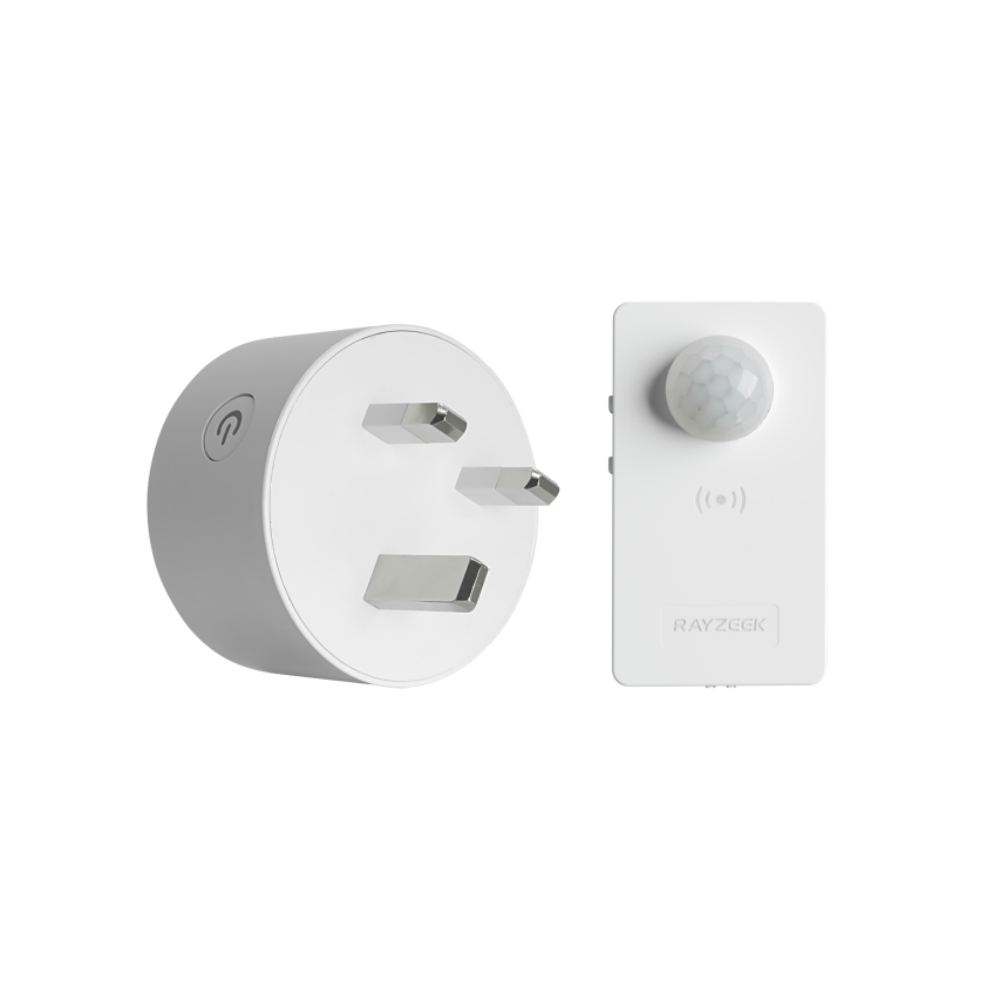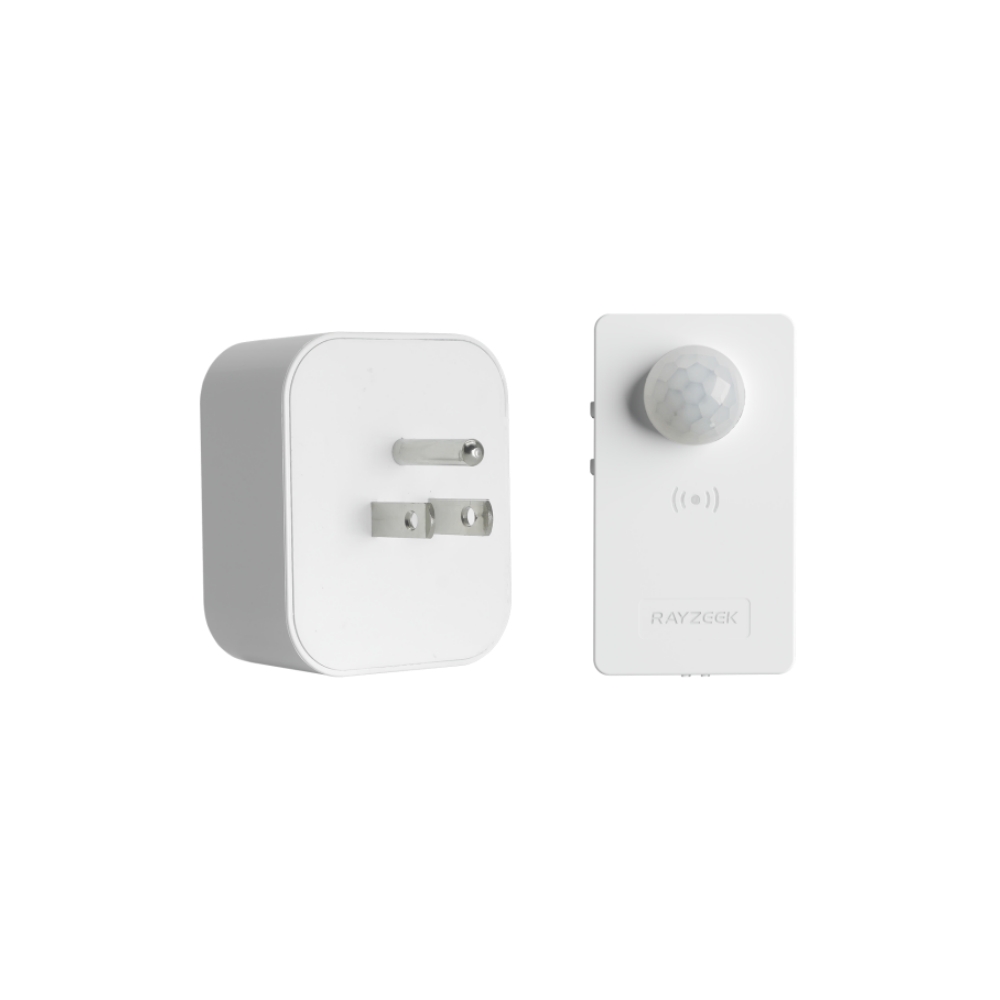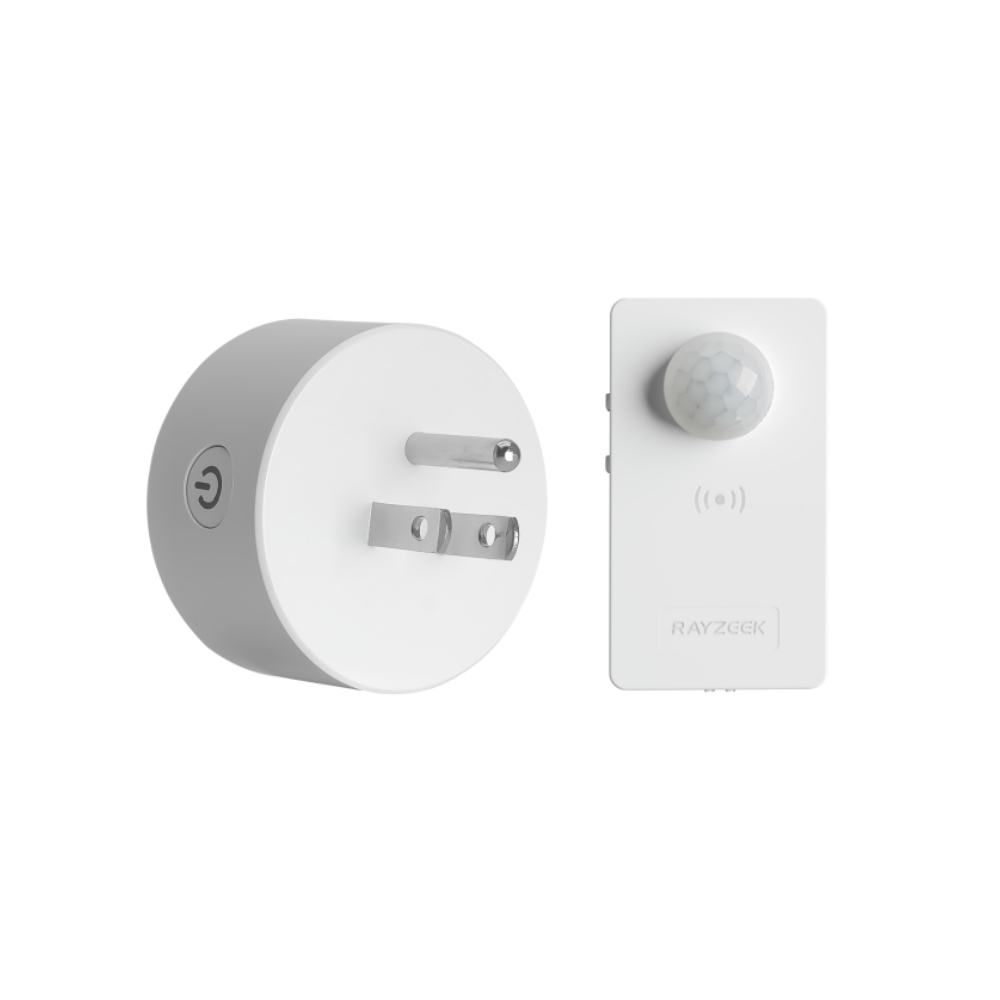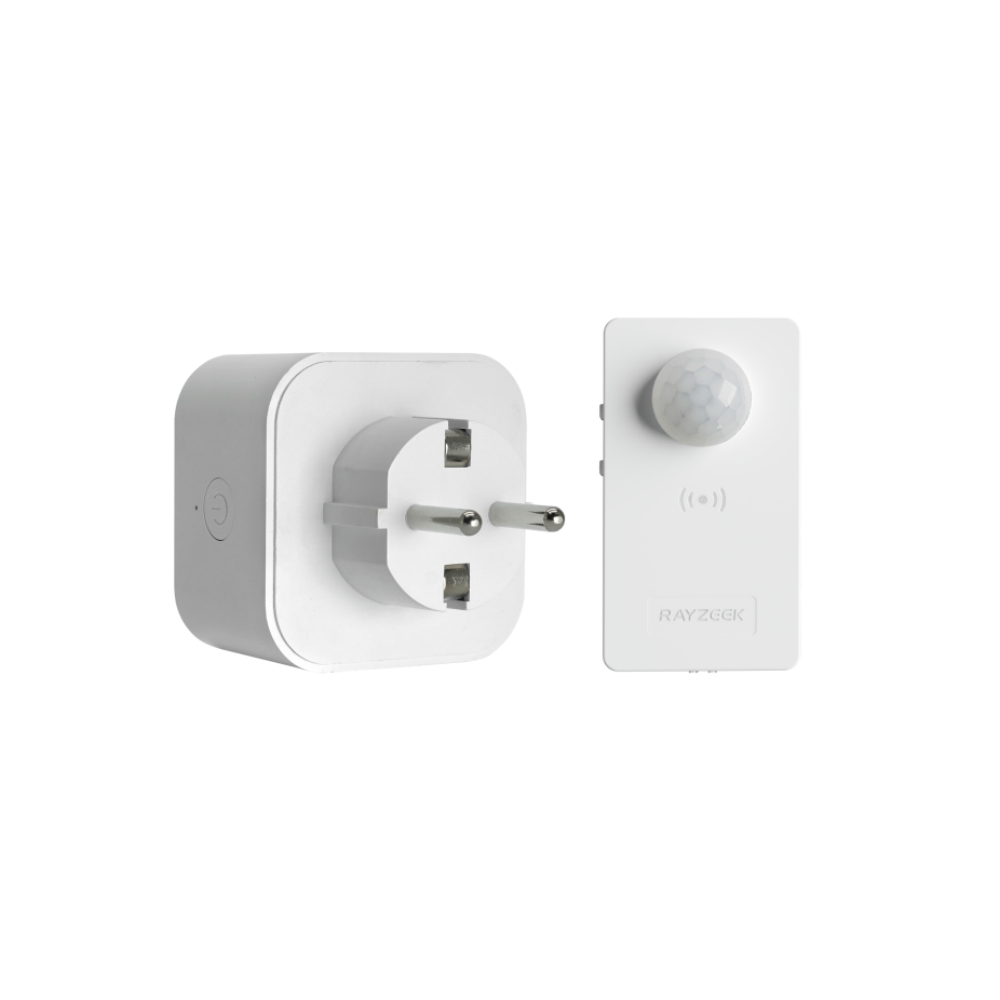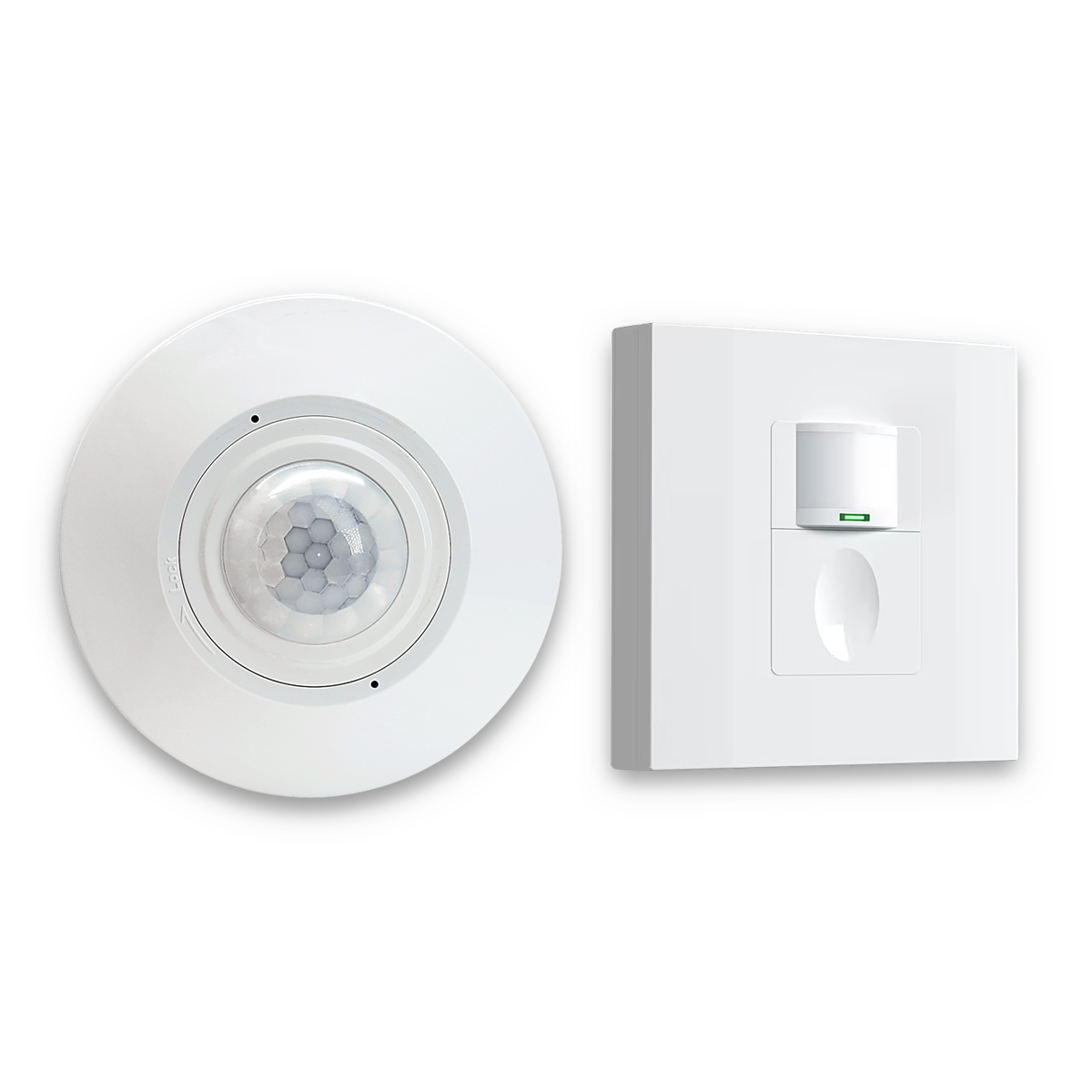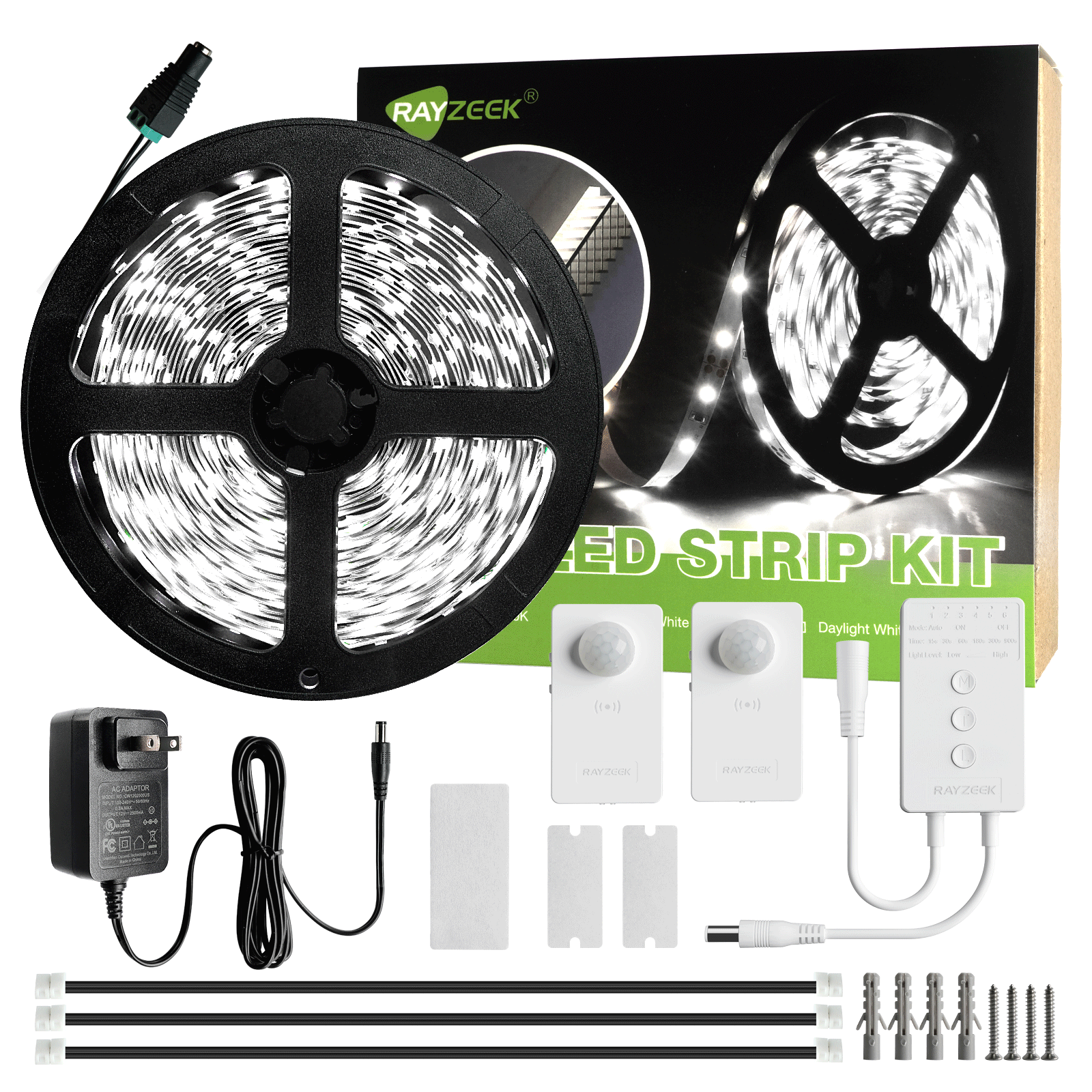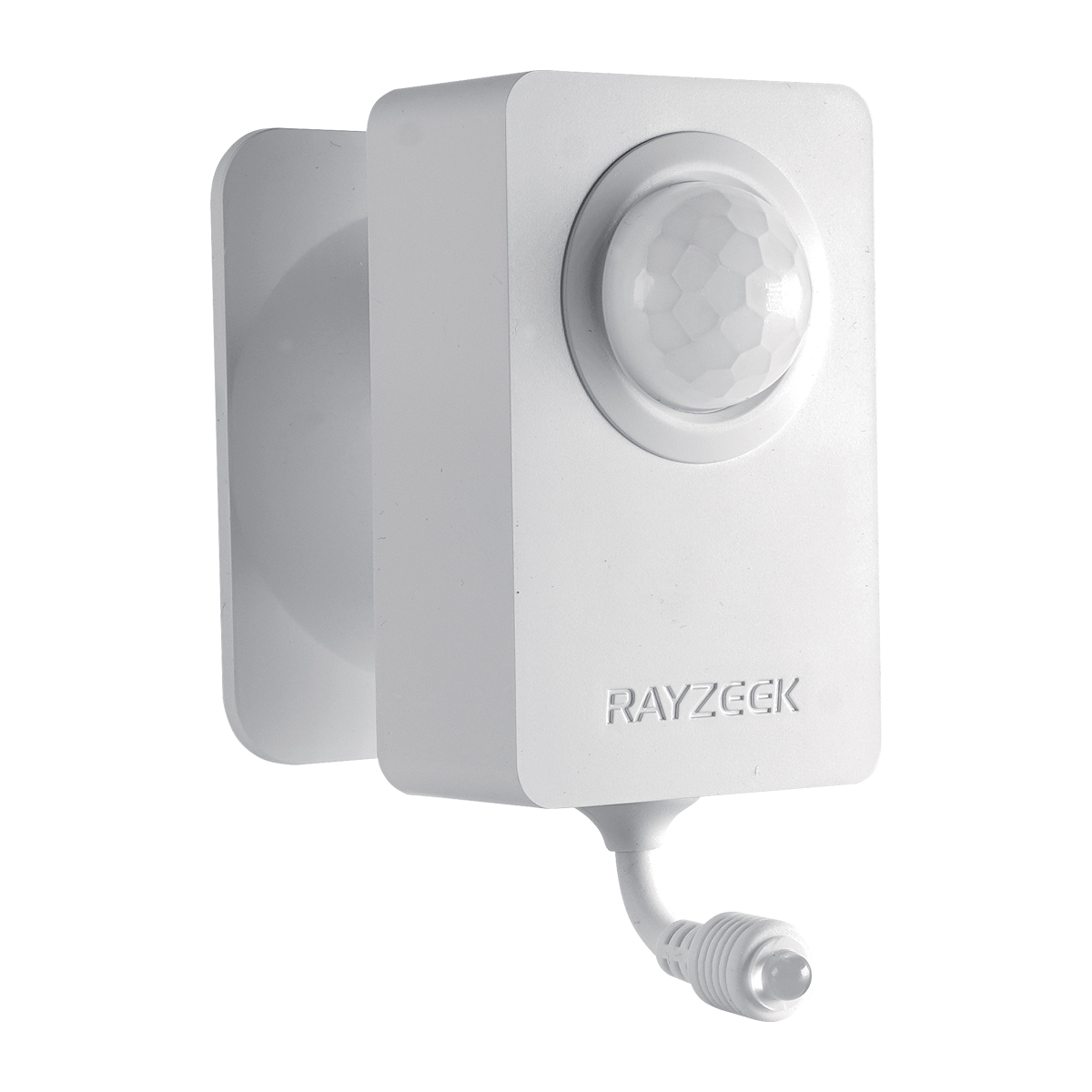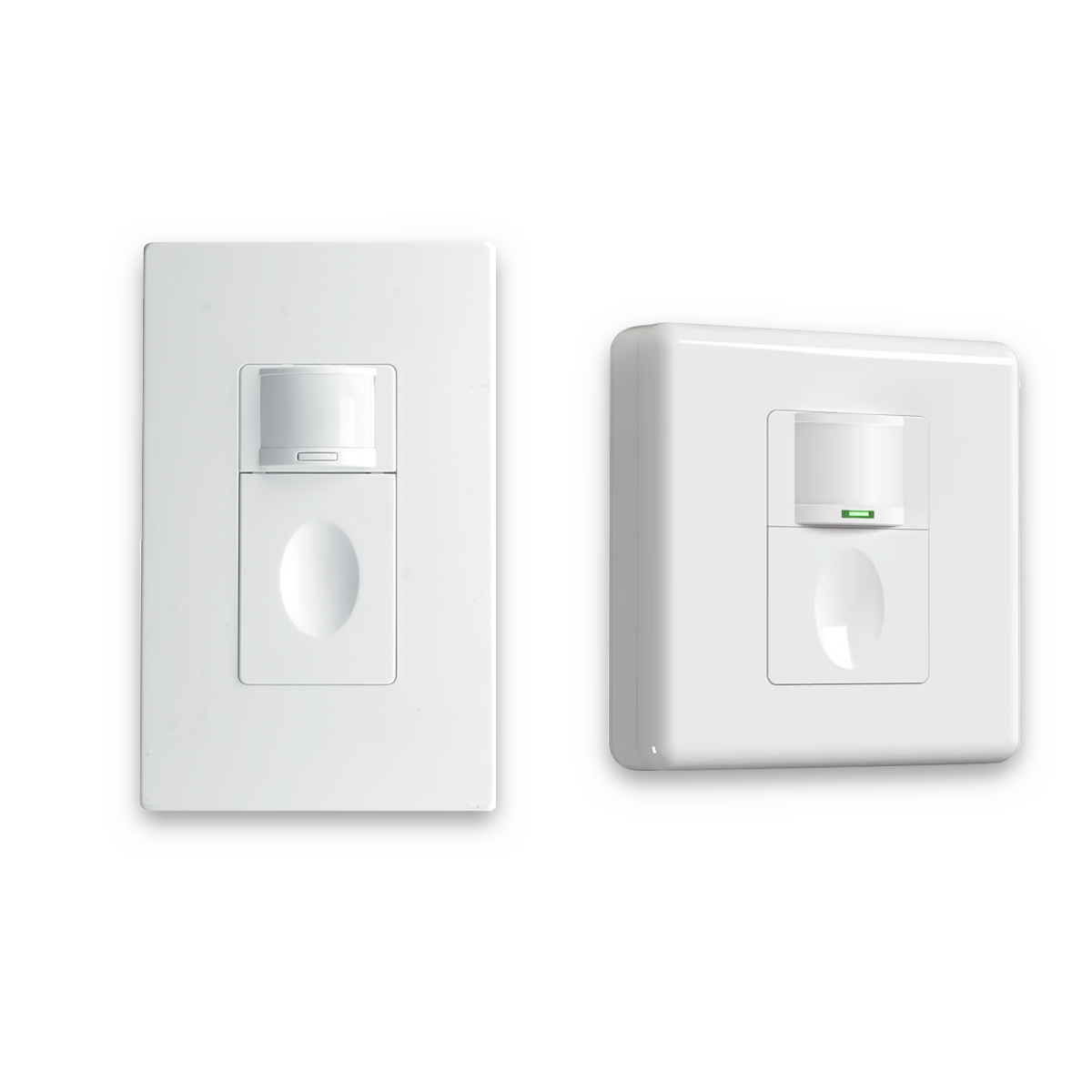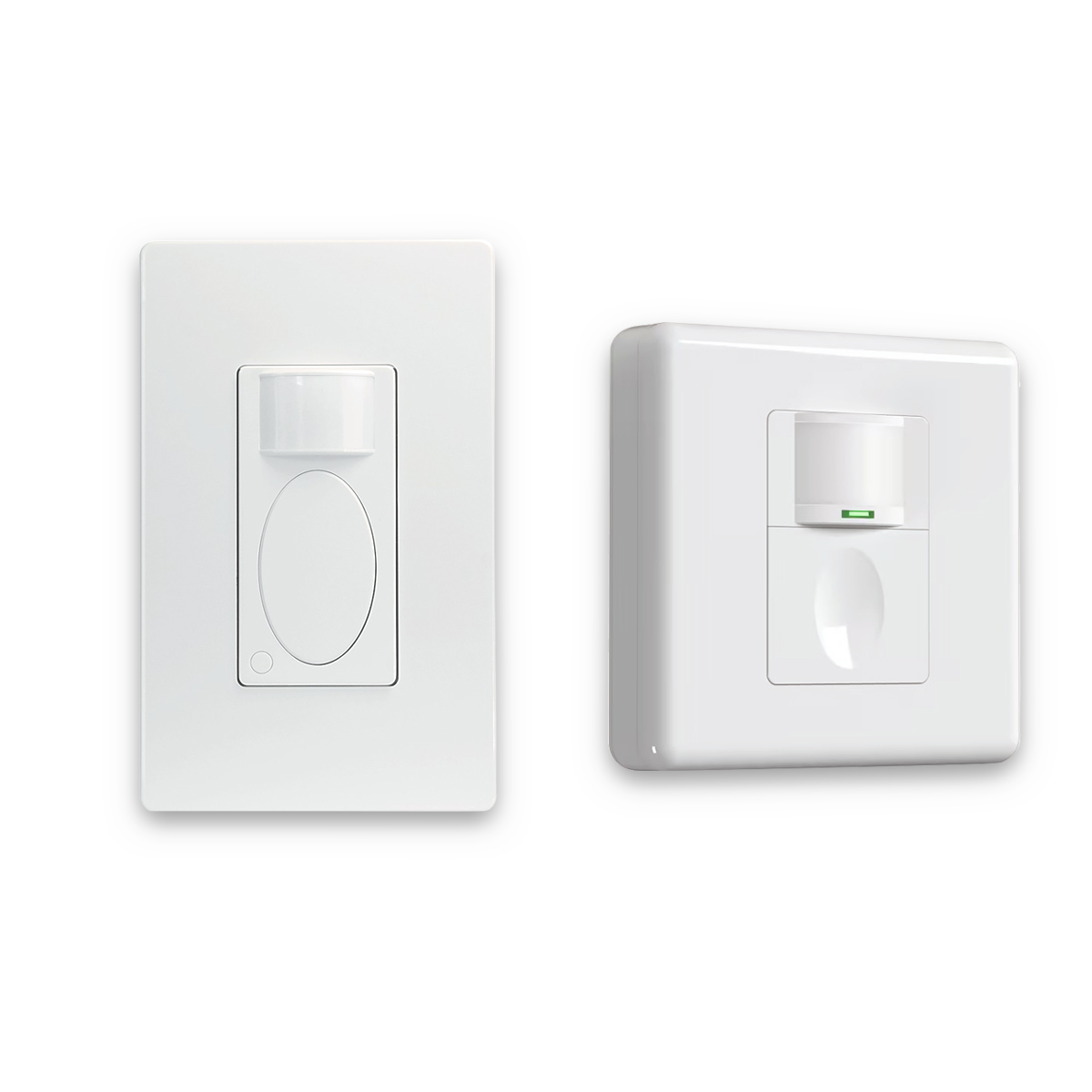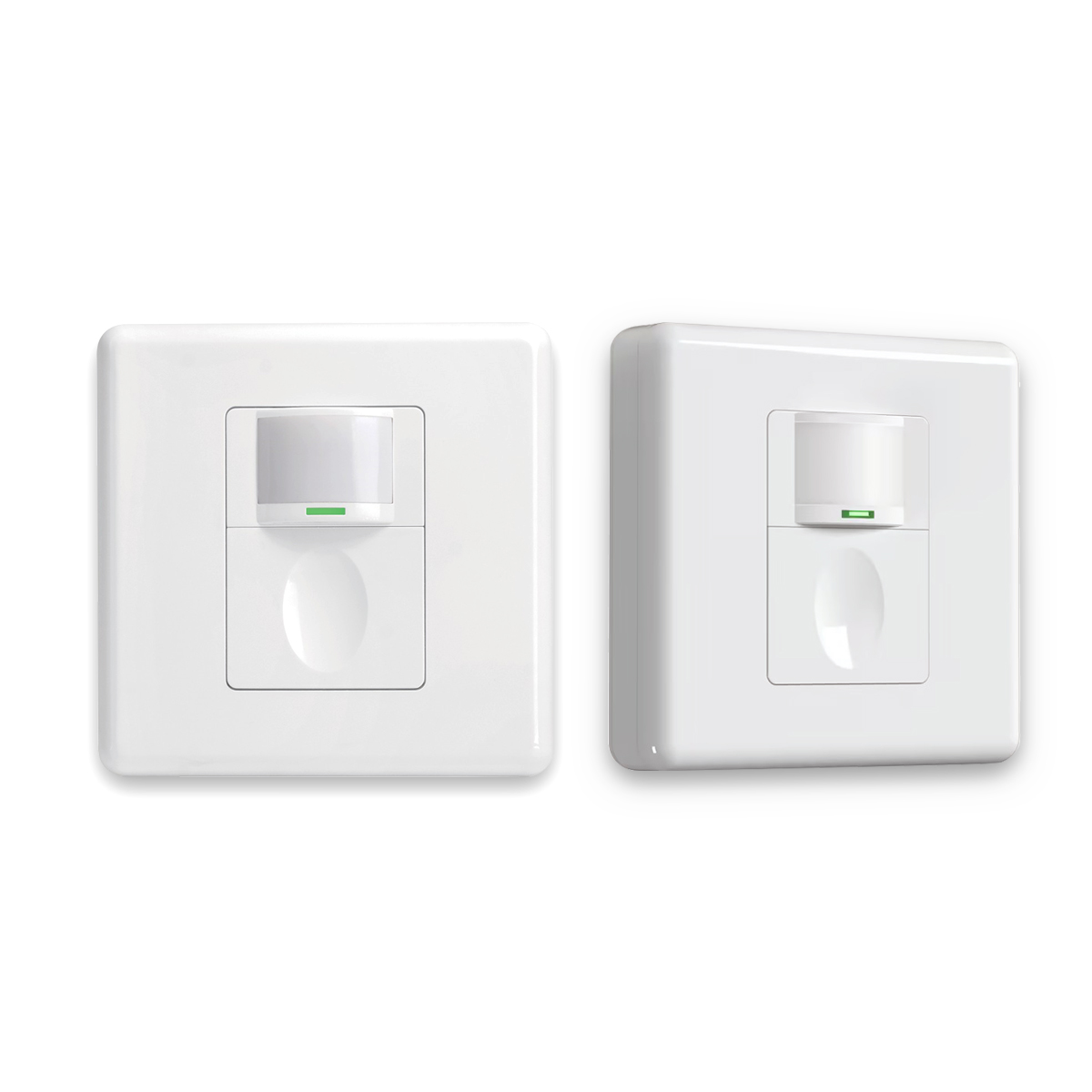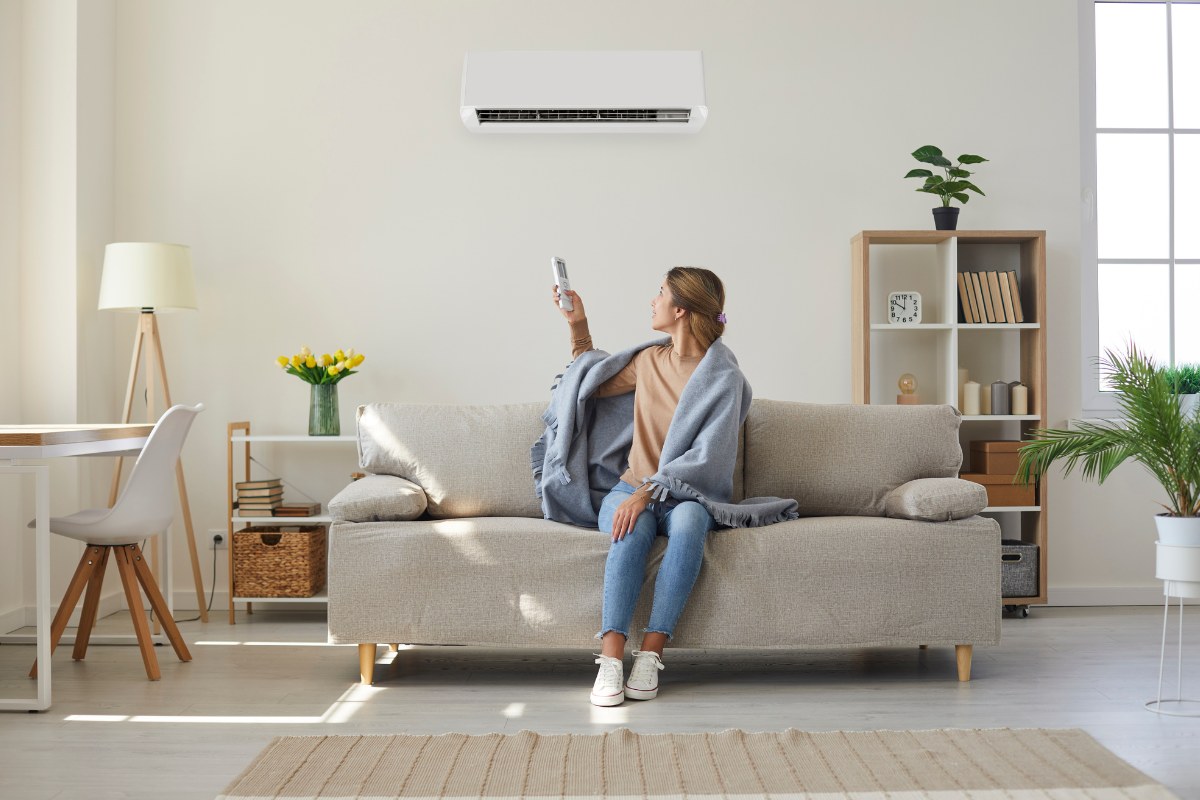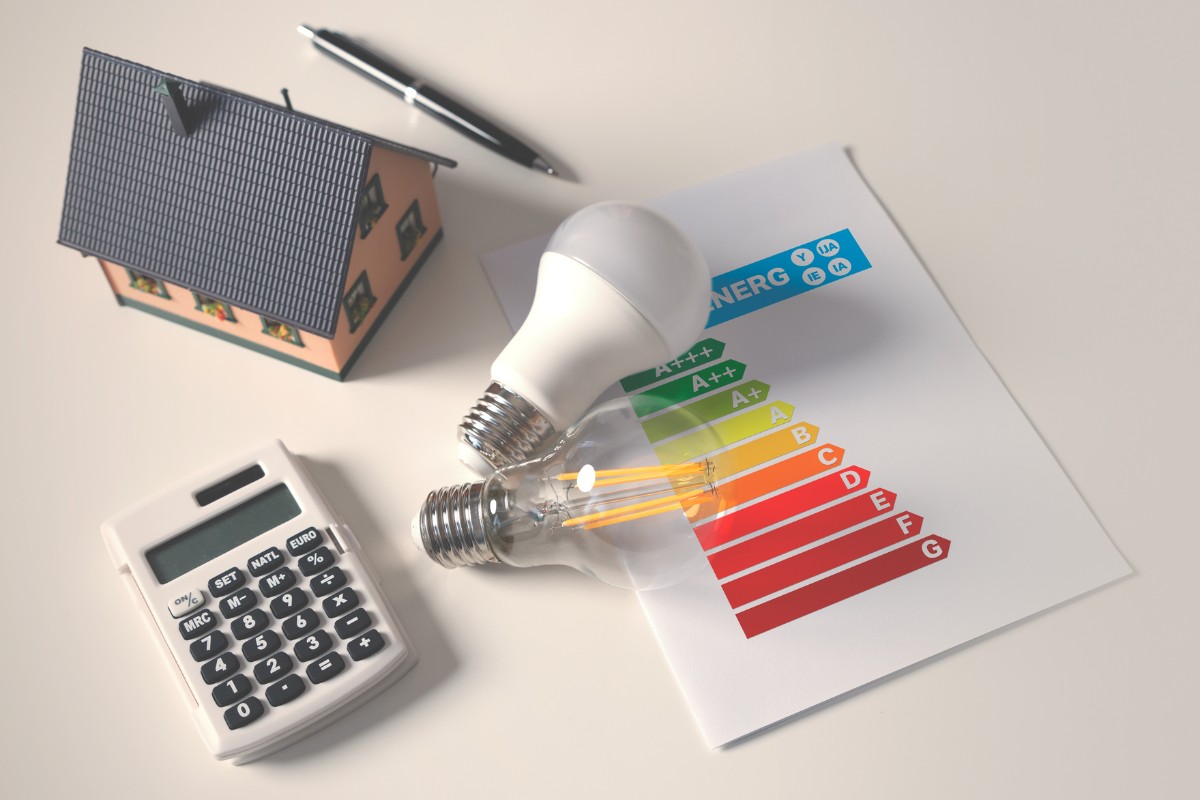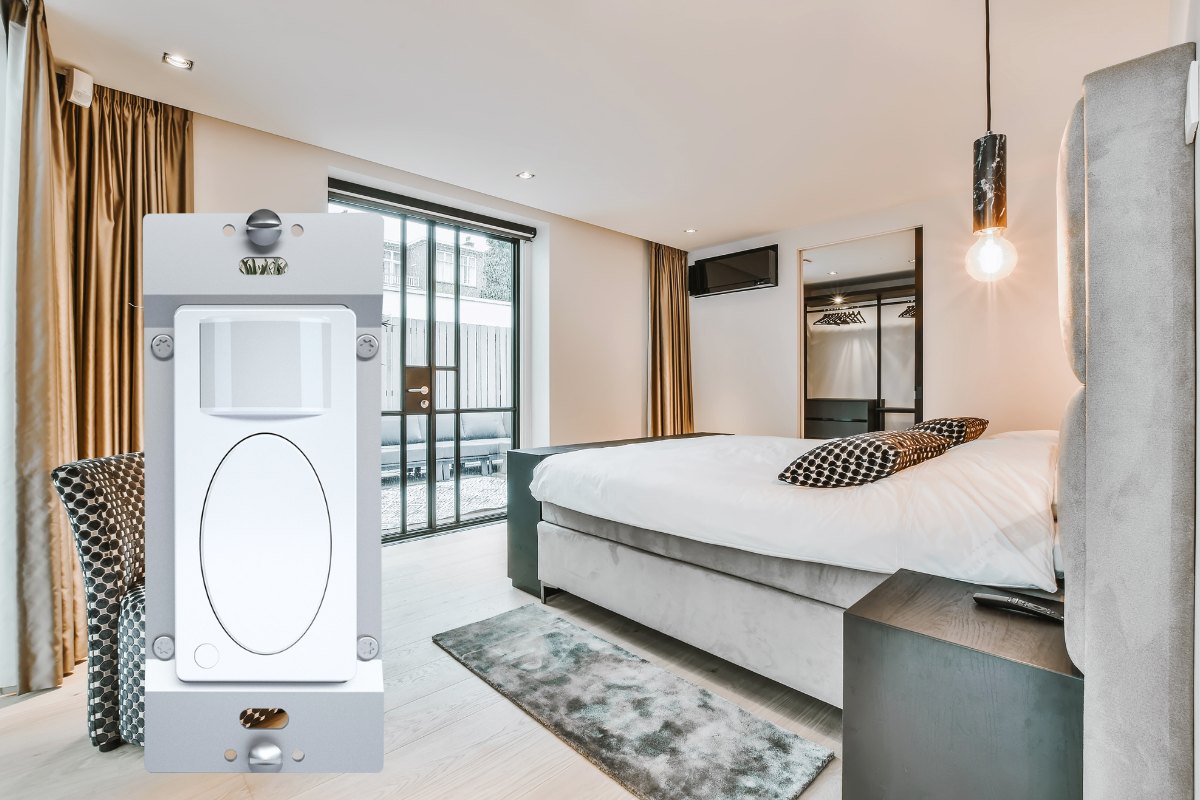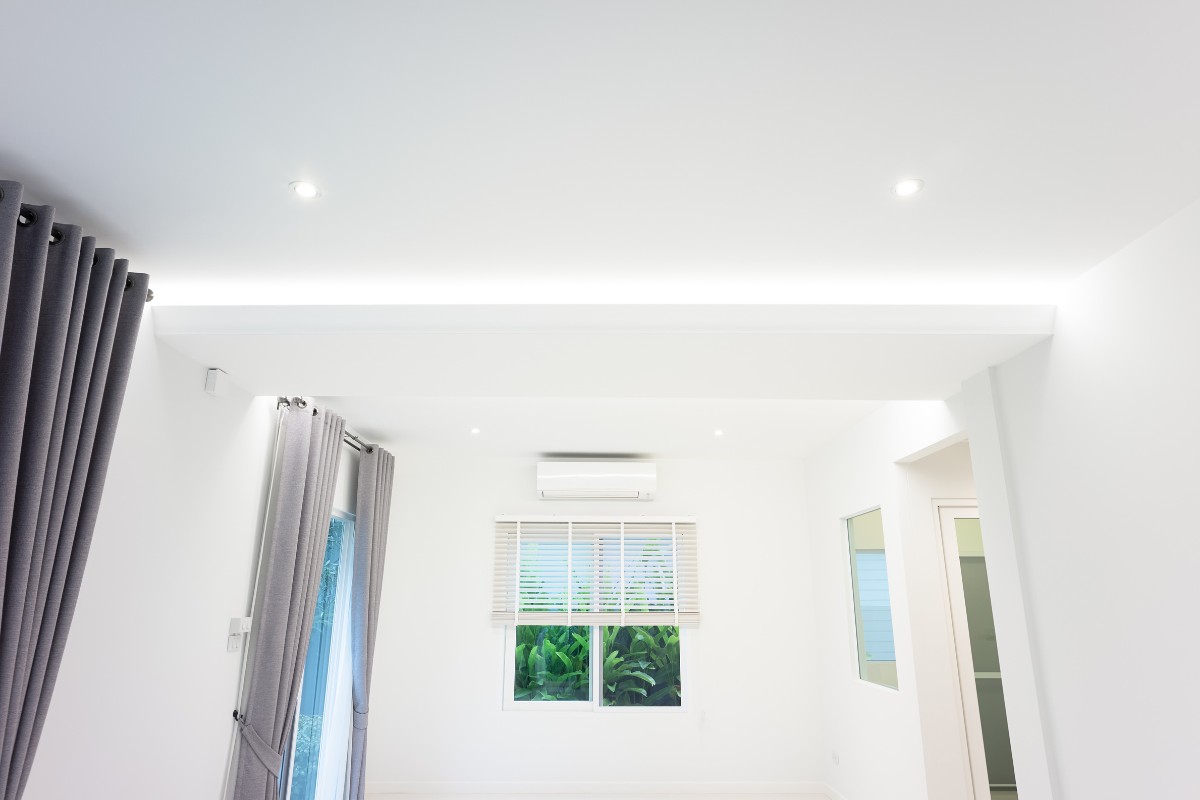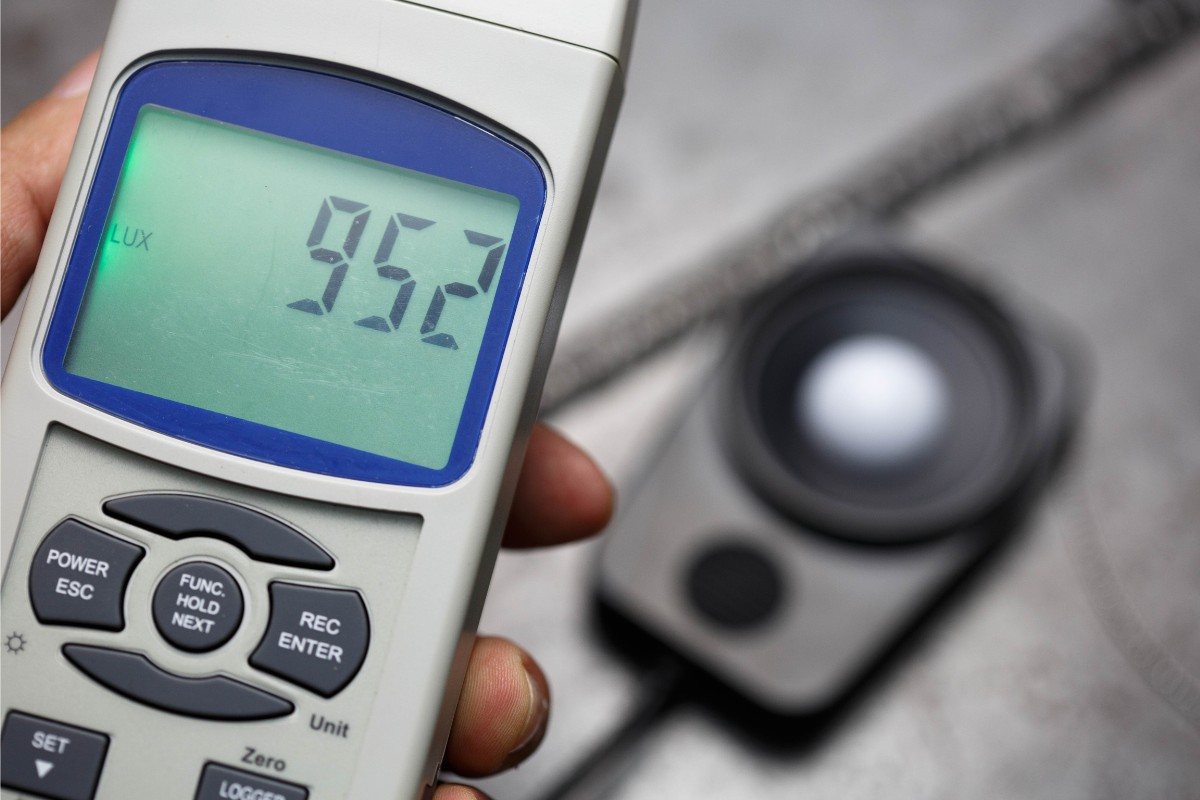Occupancy sensors and vacancy sensors are both designed to automatically control lighting, leading to energy savings and convenience. However, they differ in how they operate and where they are most effective. This article will break down the core distinctions between these two sensor types, helping you understand which is best suited for various applications.
- What Are Occupancy and Vacancy Sensors
- Differences Between Occupancy and Vacancy Sensors
- Types of Sensor Technologies
- Aplicações
- Energy Efficiency and Compliance
What Are Occupancy and Vacancy Sensors
Occupancy and vacancy sensors are devices designed to enhance energy efficiency and convenience in various environments by automatically controlling lighting based on the presence or absence of people in a space. While both types of sensors serve similar purposes, they differ in their activation methods and specific functionalities.
Occupancy sensors are devices that automatically turn lights on when motion is detected and off after a set time without motion. These sensors use various technologies, such as passive infrared (PIR), ultrasonic, or dual-tech, to detect the presence of people in a room. When an occupant enters the space, the sensor triggers the lights to turn on, providing immediate illumination. After a predetermined period of no motion, the sensor will automatically turn the lights off, conserving energy when the space is unoccupied.
Vacancy sensors require manual activation to turn lights on but automatically turn them off after a set time without motion. Unlike occupancy sensors, vacancy sensors do not automatically activate lighting when someone enters the room. Instead, the occupant must manually turn the lights on using a switch or other control device. Once the room is vacated and no motion is detected for a specified duration, the sensor will automatically turn the lights off.
Inspire-se nos portfólios de sensores de movimento Rayzeek.
Não encontra o que pretende? Não se preocupe. Há sempre formas alternativas de resolver os seus problemas. Talvez um dos nossos portefólios possa ajudar.
Differences Between Occupancy and Vacancy Sensors
The primary difference between occupancy and vacancy sensors lies in their activation methods. Occupancy sensors automatically turn lights on when motion is detected, providing a hands-free experience. When someone enters the room, the sensor detects their presence and activates the lighting. This automatic activation is particularly convenient in high-traffic areas or spaces where manual switching may be inconvenient or impractical.
In contrast, vacancy sensors require manual activation of the lights. The occupant must physically turn the lights on using a switch or control device when entering the room. This manual control allows users to decide whether artificial lighting is necessary based on their preferences and the availability of natural light. Vacancy sensors are ideal for spaces where occupants may prefer to have control over their lighting, such as private offices or bedrooms.
Vacancy sensors are generally considered more energy-efficient. By requiring manual activation, vacancy sensors prevent false activations caused by passing motion or other triggers, ensuring that lights are only turned on when intentionally needed. This manual control helps to minimize unnecessary energy consumption.
As for use cases, occupancy sensors are well-suited for high-traffic areas where automatic activation is desirable, such as hallways, entryways, and public restrooms. These sensors provide convenience and ensure that lights are readily available when needed. On the other hand, vacancy sensors are ideal for spaces where manual control is preferred, such as private offices, conference rooms, or bedrooms. They allow occupants to have more control over their lighting environment while still benefiting from the energy-saving features of automatic shutoff.
Types of Sensor Technologies
Occupancy and vacancy sensors rely on various sensor technologies to detect the presence or absence of people in a space. These technologies differ in their detection methods, sensitivity, and coverage areas.
Sensores de infravermelhos passivos
Passive Infrared (PIR) sensors are the most common type of motion detection technology used in occupancy and vacancy sensors. PIR sensors detect changes in infrared radiation emitted by moving objects, such as the heat generated by the human body. When a person enters the sensor’s field of view, the sensor detects the change in infrared energy and triggers the connected lighting or other devices.
PIR sensors are relatively inexpensive and have low power consumption, making them a cost-effective solution for many applications. They are particularly effective in detecting major motion, such as a person walking into a room. However, PIR sensors have some limitations. They require a direct line of sight to detect motion, meaning that obstacles or partitions can obstruct their coverage. Additionally, PIR sensors may be prone to false-offs if the occupant remains still for an extended period, as the sensor may not detect the subtle movements associated with stationary activities.
Sensores ultra-sónicos
Ultrasonic sensors use high-frequency sound waves to detect motion within a space. These sensors emit ultrasonic waves and measure the time it takes for the waves to bounce back. When an occupant moves within the sensor’s range, the sound waves are reflected at a different frequency, indicating the presence of motion.
Procura soluções de poupança de energia activadas por movimento?
Contacte-nos para obter sensores de movimento PIR completos, produtos de poupança de energia activados por movimento, interruptores com sensor de movimento e soluções comerciais de Ocupação/Vazio.
Ultrasonic sensors are highly sensitive and can detect even minor movements, such as typing on a keyboard or turning pages in a book. They can detect motion around corners and through obstacles, providing more comprehensive coverage compared to PIR sensors. However, ultrasonic sensors have a higher power consumption and may be more susceptible to false-ons triggered by air movement or other non-occupant factors.
Dual-Tech Sensors
Dual-tech sensors combine PIR and ultrasonic technologies to enhance motion detection accuracy and reliability. Using both sensing methods simultaneously, dual-tech sensors can minimize false triggers and improve overall performance.
In a dual-tech sensor, the PIR component detects major motion, while the ultrasonic component detects minor movements. The sensor requires both technologies to confirm occupancy before activating the connected lighting or devices. This combination helps to reduce false activations caused by non-occupant factors, such as air currents or moving objects.
Dual-tech sensors offer the benefits of both PIR and ultrasonic technologies, providing comprehensive coverage and improved accuracy, but they are more expensive than single-technology sensors due to the integration of multiple sensing methods.
Talvez esteja interessado em
Aplicações
Occupancy and vacancy sensors find applications in a wide range of environments, each with specific requirements and considerations. Understanding the ideal use cases for each type of sensor helps in selecting the most appropriate solution for a given space.
Ideal Applications for Occupancy Sensors
Occupancy sensors are well-suited for high-traffic areas where automatic lighting activation is desirable. Some common applications include:
- Hallways and entryways: Occupancy sensors ensure that lights are automatically turned on when someone enters the space, providing immediate illumination and enhancing safety.
- Public restrooms: Automatic lighting activation in restrooms improves hygiene by reducing the need for manual switching and ensures that lights are not left on unnecessarily.
- Conference rooms and meeting spaces: Occupancy sensors can automatically turn on lights when people enter the room, creating a welcoming environment and saving energy when the space is unoccupied.
- Classrooms and training facilities: Automatic lighting control in educational spaces helps to maintain a comfortable learning environment while minimizing energy waste.
- Open office areas: Occupancy sensors can control lighting in shared workspaces, ensuring that lights are only on when needed and reducing energy consumption during unoccupied periods.
Ideal Applications for Vacancy Sensors
Vacancy sensors are best suited for spaces where manual lighting control is preferred and occupants have a more predictable presence. Some ideal applications include:
- Private offices: Vacancy sensors allow individuals to manually control their lighting based on their preferences and the availability of natural light while still benefiting from automatic shutoff when the space is unoccupied.
- Bedrooms: Manual activation of lighting in bedrooms provides occupants with greater control over their sleep environment, while the automatic shutoff feature ensures that lights are not left on unnecessarily.
- Bathrooms: Vacancy sensors in bathrooms allow users to activate lighting as needed, reducing energy waste and providing a more personalized experience.
- Storage rooms and utility areas: Manual activation of lighting in these spaces prevents unnecessary energy consumption, as lights are only turned on when occupants intentionally require them.
Energy Efficiency and Compliance
Occupancy and vacancy sensors promote energy efficiency and ensure compliance with building energy codes and standards. By automatically controlling lighting based on occupancy or vacancy, these sensors help to reduce energy consumption and contribute to sustainable building practices.
The energy savings achieved through the use of occupancy and vacancy sensors can be significant. According to the Lawrence Berkeley National Laboratory, occupancy-based lighting control strategies can result in average lighting energy savings of 24%. This means that by implementing occupancy or vacancy sensors, buildings can reduce their lighting energy consumption by nearly a quarter, leading to substantial cost savings and environmental benefits.
They also contribute to compliance with building energy codes and standards. Many energy codes, such as the International Energy Conservation Code (IECC) and ASHRAE 90.1, require the use of automatic shutoff controls for lighting in various space types. These codes specify the maximum time delay for occupancy sensors and mandate the use of manual-on or partial-on operation in certain applications. Compliance with energy codes not only ensures that buildings operate efficiently but also helps to promote sustainable practices and reduce the overall environmental impact of the built environment.
In a study conducted by the Minnesota Department of Commerce, the installation of occupancy sensors in a large office building resulted in a 30% reduction in lighting energy consumption. Similarly, a research project by the Pacific Northwest National Laboratory found that the use of occupancy sensors in a university classroom building led to a 50% reduction in lighting energy use during unoccupied periods.

